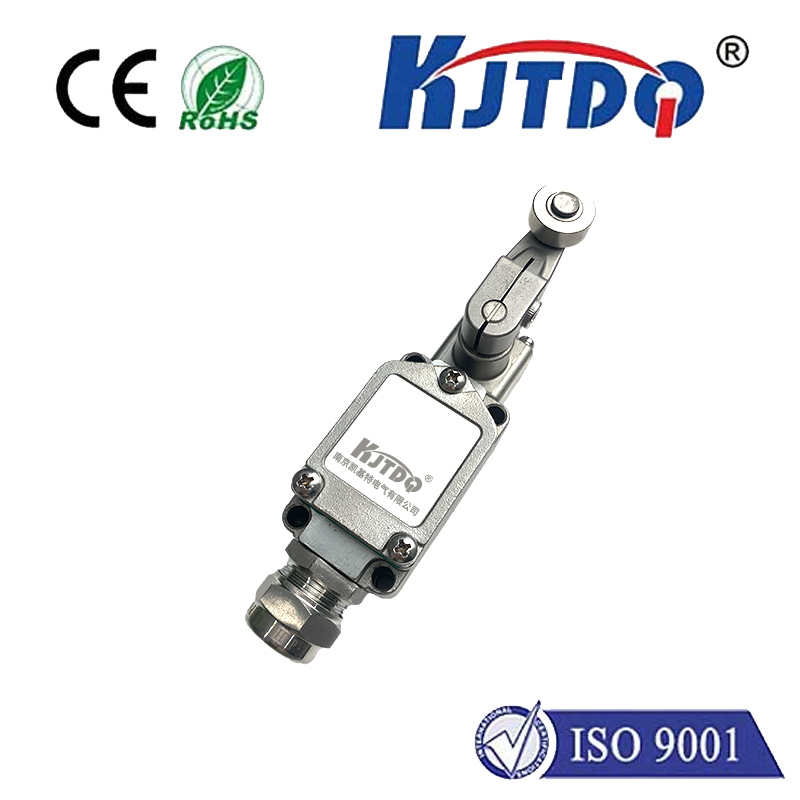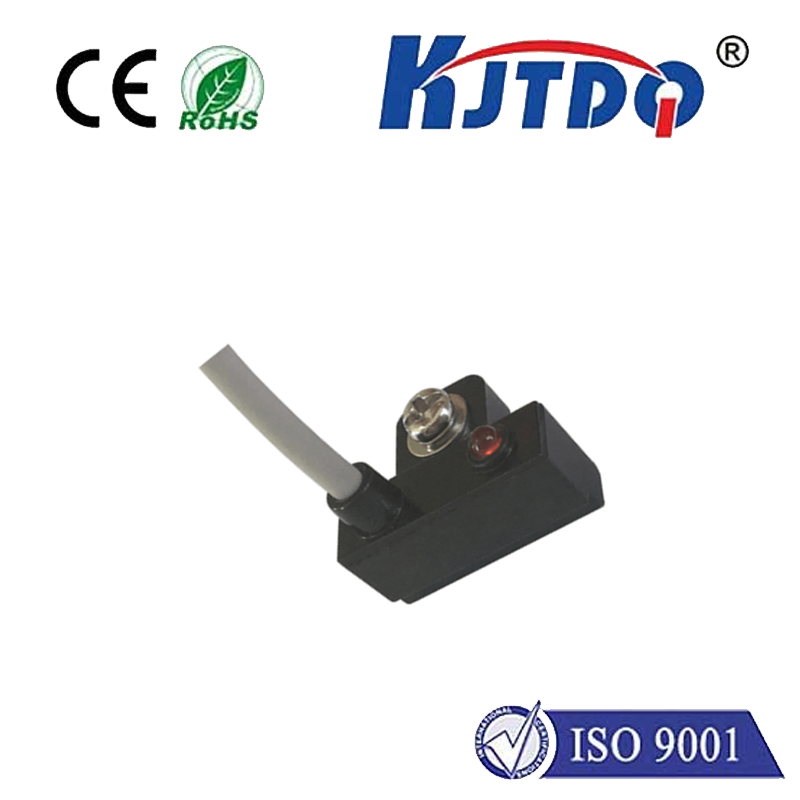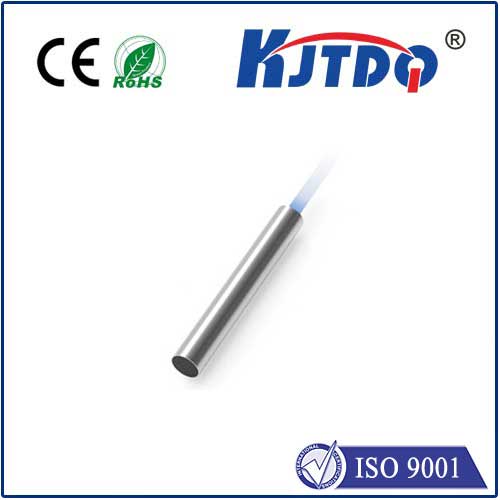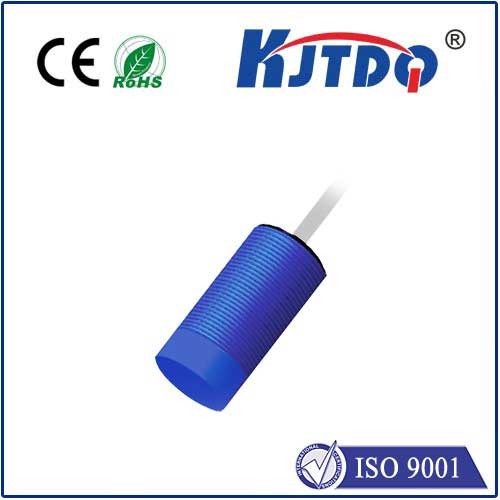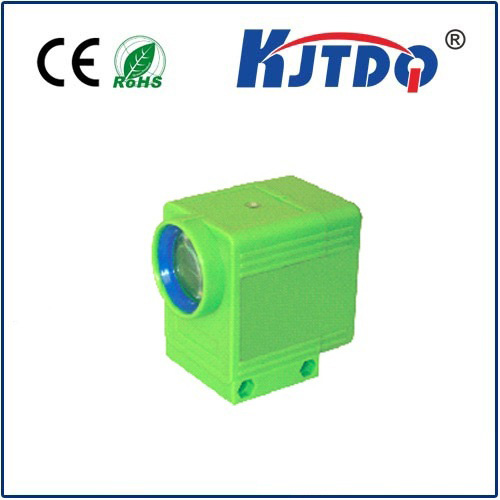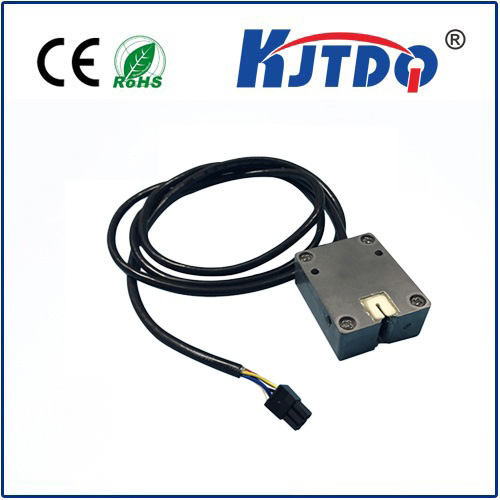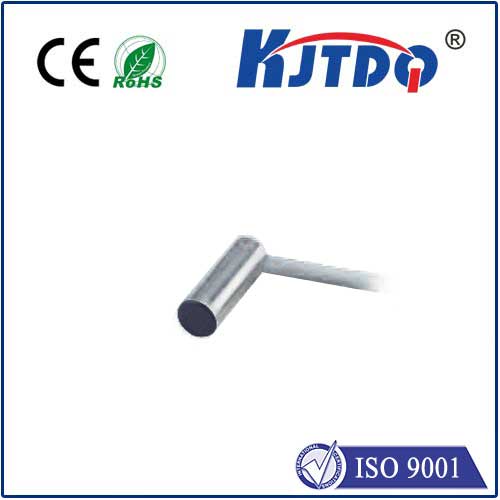
check

check

check

check
Photo sensors are fascinating devices that can detect and measure light intensity. They work on the principle of converting light energy into electrical signals, which can then be processed by electronic circuits. In this article, we will delve into the working of photo sensors, their types, applications, and limitations.
The Working Principle of Photo Sensors
A photo sensor consists of a light-sensitive material, such as silicon or germanium, that is exposed to light. When photons strike the surface of the material, they generate electron-hole pairs. These pairs create an electric current, which is proportional to the intensity of the incident light. The current flows through the device and can be measured using electronic circuitry.
Types of Photo Sensors
There are several types of photo sensors available in the market, each with its unique characteristics and applications. Some common types include:
1. Photodiodes: These are semiconductor devices that convert light energy into an electric current. They have fast response time and high sensitivity but require external biasing for operation.
2. Phototransistors: These devices combine the functions of a photodiode and a transistor. They offer higher gain than photodiodes but have slower response times.

3. Photoresistors: These sensors change their resistance when exposed to light. They are simple to use but have limited sensitivity and response time compared to other types.
4. Avalanche Photodiodes (APDs): These advanced devices offer high sensitivity and fast response times. However, they require complex electronics for operation.
Applications of Photo Sensors
Photo sensors have numerous applications in various industries, including healthcare, automotive, industrial automation, security systems, and environmental monitoring. Some common applications include:
1. Light detection and control systems: Photo sensors are used in streetlights, traffic signals, and automatic door openers to detect ambient light levels and adjust accordingly.
2. Optical communication systems: These devices play a crucial role in fiber optic communications by detecting optical signals and converting them into electrical signals for further processing.
3. Healthcare diagnostics: Photo sensors are used in pulse oximeters to measure blood oxygen levels by detecting changes in light absorption due to hemoglobin saturation.
4. Environmental monitoring: Photo sensors are employed in air quality monitoring systems to detect pollutants and measure their concentration levels.
Limitations of Photo Sensors
Despite their versatility and widespread use, photo sensors have some limitations that must be considered during their selection and deployment. These limitations include:
1. Sensitivity to environmental factors: Changes in temperature, humidity, and pressure can affect the performance of photo sensors, leading to incorrect readings or measurements.
2. Limited spectral range: Most photo sensors are sensitive only to specific wavelengths of light, limiting their application in certain scenarios where broadband detection is required.
3. Interference susceptibility: Photo sensors may be susceptible to interference from external sources like fluorescent lights or strong sunlight, affecting their accuracy and reliability.
Conclusion
Photo sensors are versatile devices that have found numerous applications in various fields due to their ability to detect and measure light intensity accurately. Understanding their working principles, types, applications, and limitations helps engineers design effective systems that utilize these sensors effectively while minimizing potential issues related to environmental factors and interference susceptibility.


